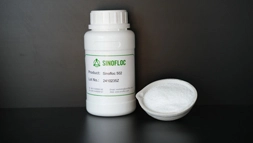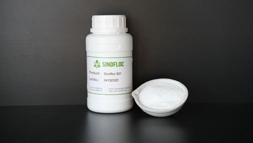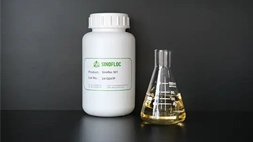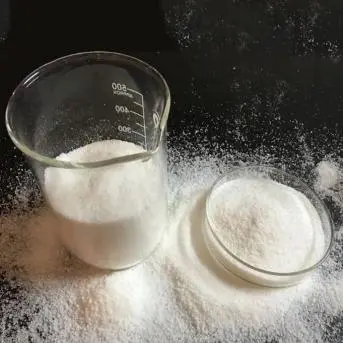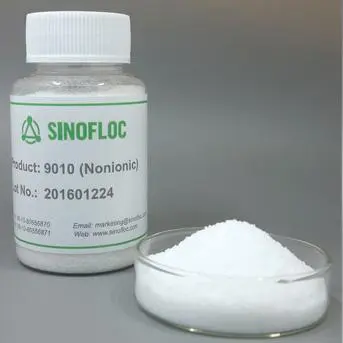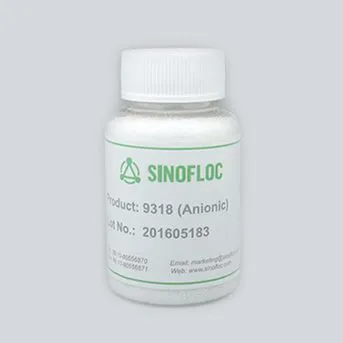China discharges a large amount of industrial wastewater every year, which contains not only highly toxic components such as cyanide, but also metal ions such as chromium, zinc and nickel. There are many methods for industrial wastewater treatment, mainly chemical precipitation, electrolysis, and membrane treatment. The following describes the activated carbon adsorption method. Activated carbon has a large surface area and high physical adsorption and chemical adsorption functions. Therefore, activated carbon adsorption is widely used in wastewater treatment, and it has the characteristics of high efficiency and good effect.
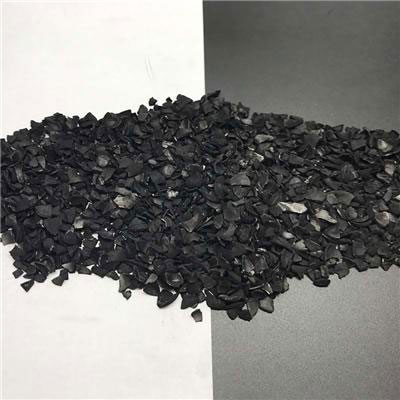
Activated carbon is a specially treated charcoal with numerous fine pores and a large surface area. The surface area per gram of activated carbon is 500-1500 square meters. Activated carbon has strong physical adsorption and chemical adsorption functions, and also has detoxification effect. It uses its huge area to adsorb poisons in the micropores of activated carbon, thus preventing the absorption of poisons. At the same time, activated carbon can combine with a variety of chemicals to prevent the absorption of these substances.
Activated carbon used in production is generally in the form of powder or granules. The powdered activated carbon has strong adsorption capacity, is easy to prepare, and has a low price. However, it is difficult to regenerate and generally cannot be reused. Granular activated carbon is more expensive, but it can be reused, and it has better working conditions and convenient operation and management. Therefore, granular activated carbon is often used in industrial wastewater treatment.

 English
English Español
Español русский
русский português
português
